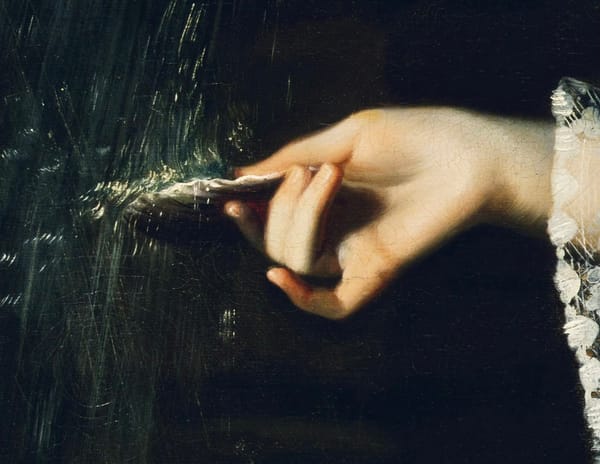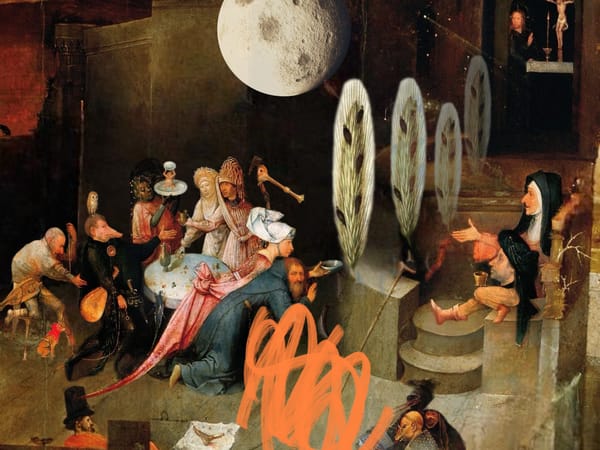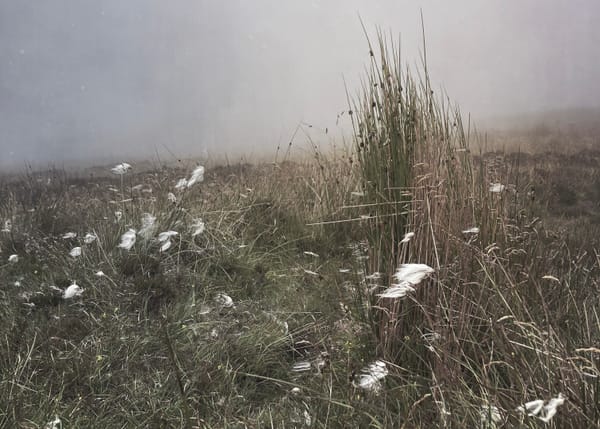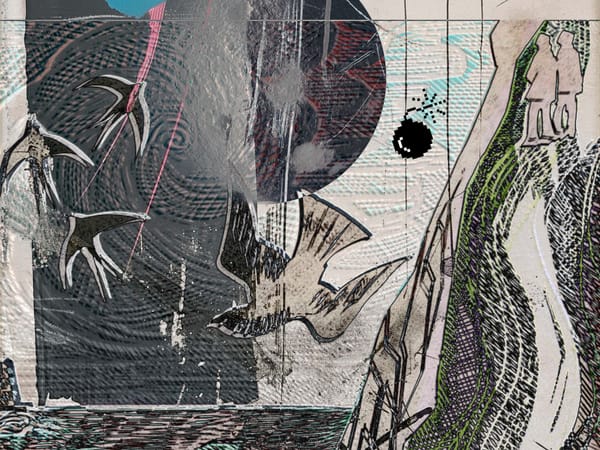Wrack, Lore & Unrest
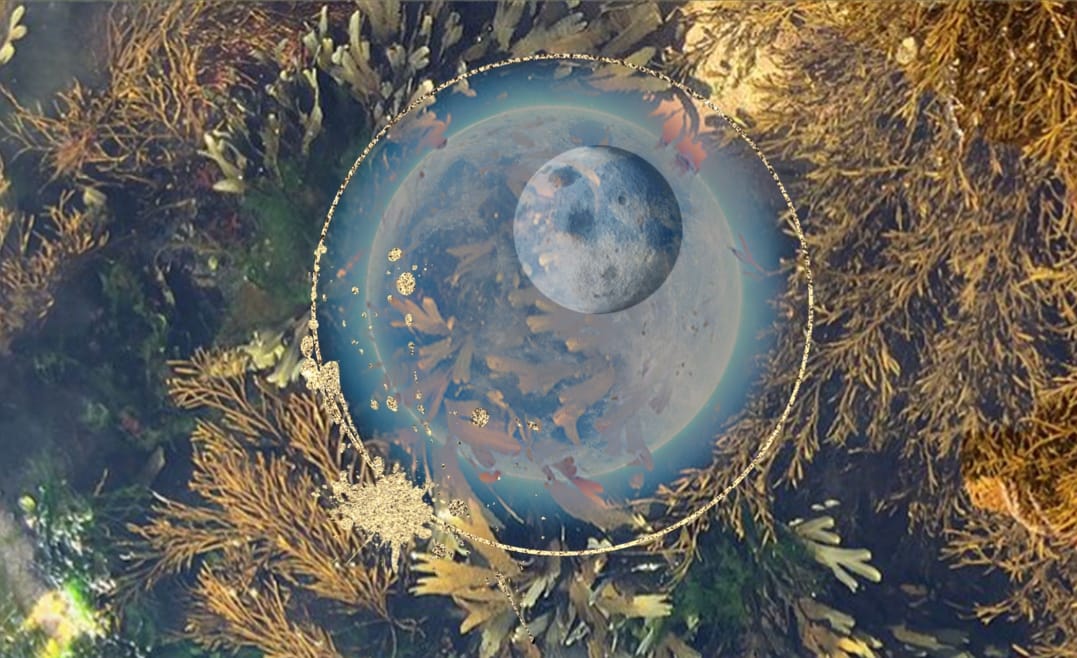
-a Round Up for May--
In this missive:
- Reading: The Seaweed Collector's Handbook, Miek Zwamborn
- Musing on: What the Surrealist vogue can tell us about storytelling
- Listening To Icy Sedgewick's podcast, Fabulous Folklore
- Planning: A Midnight Sun Outlier Hour for paid subscribers in June
- Watching: Unrest, Jennifer Brea's documentary on ME/CFS
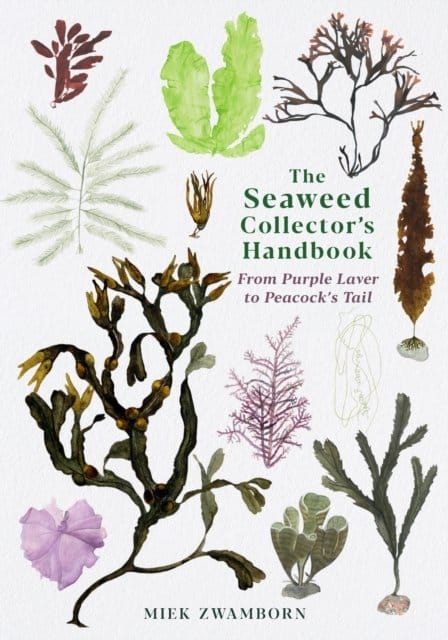
Reading: The Seaweed Collector’s Handbook, Miek Zwamborn
Artist Miek Zwamborn's lushly illustrated celebration seaweed is a micro history of our relationship with algae. Images by the author as well as many others sit happily beside anecdotal, informative reveries as well as recipes that look delicious (At the time of writing I hadn't tried any, though the mermaid biscuits enticed me).
In Aberdeenshire, I knew where to get every weed in these recipes, from the secret cove of pepper dulse in Whitehills to the red dulse in New Aberdour and sugar kelp from my own wee foraging grounds in Banff.
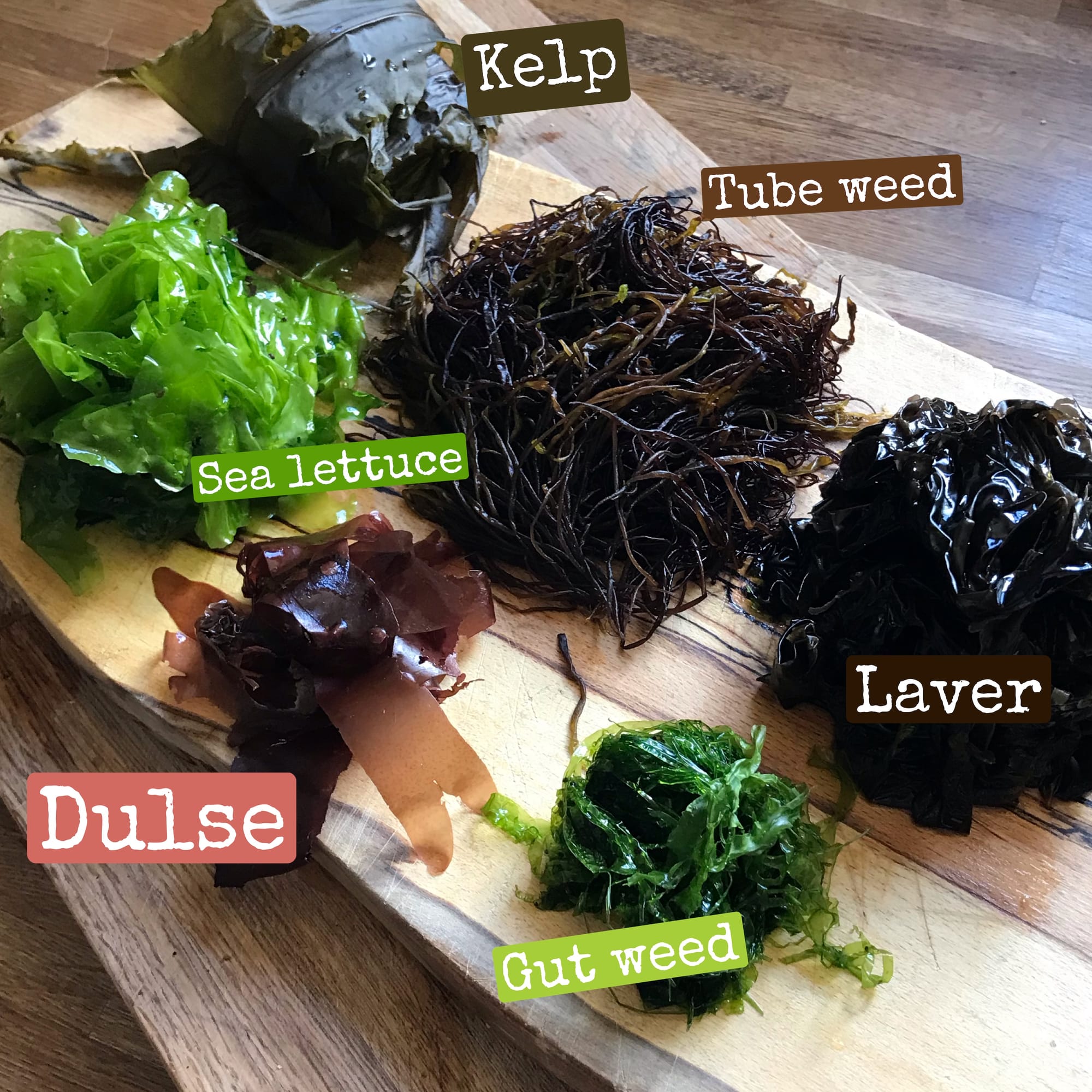
I have yet to find this bounty in Orkney. After storms, masses of dead algae pile up. I'm using these black weeds washed by rains as mulch for my inchoate garden. Inspired by my goth compatriot from my London days, Dex, I have piled great heaps of bladder wrack over a 'lazy bed' of planted potatoes dug into my sterile lawn.
But seaweed to eat? It seems the places I like to go in Orkney are too sandy (Seaweed needs stones for their holdfasts.) Perhaps I’m not intrepid enough and would need a kayak.
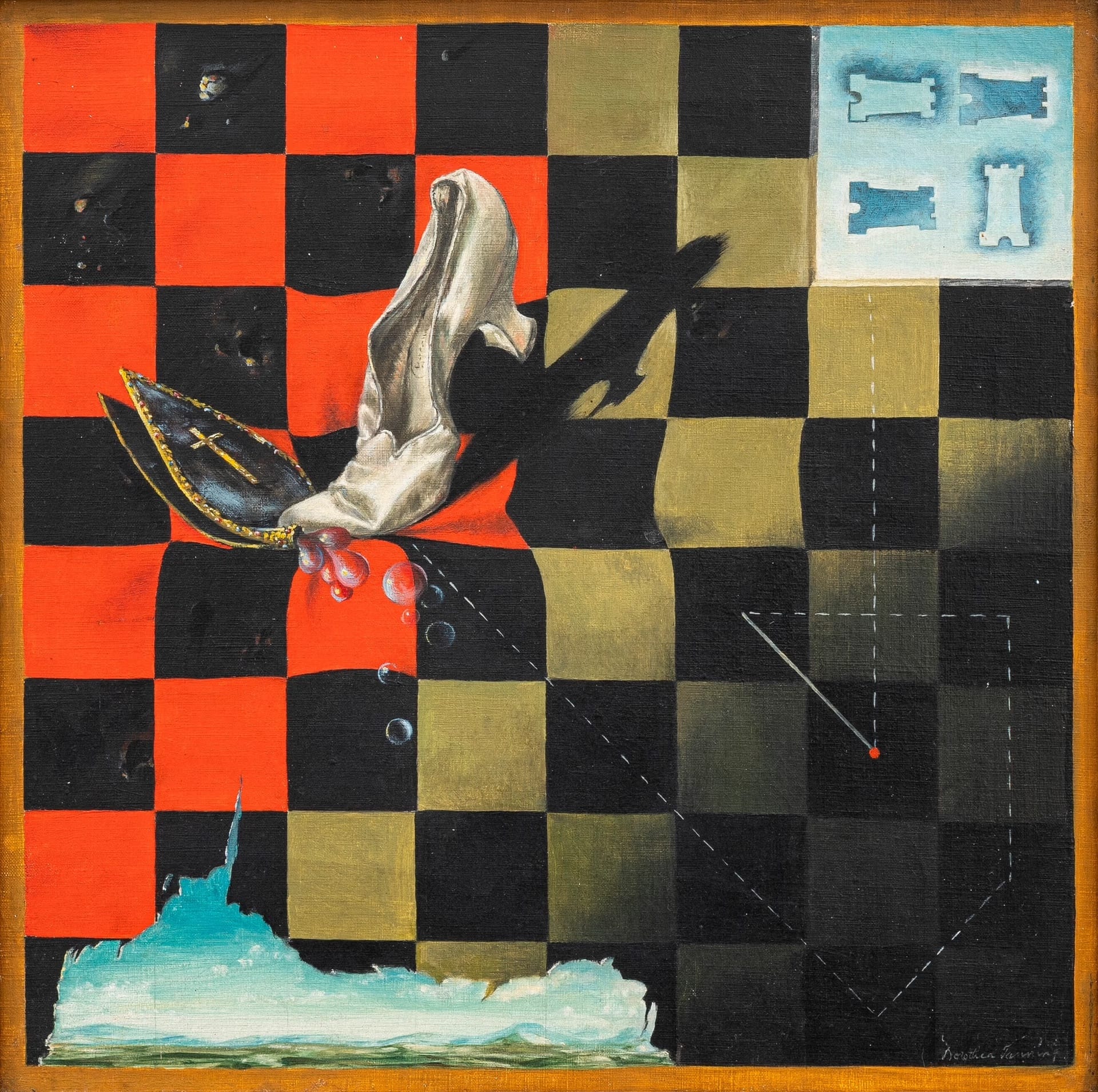
Musing on: The Surealist vogue & modes of storytelling
Contemporary storytelling is in a commercial deadlock. Hegemonic strictures of consensus reality and narrow story-modes rule the day. It seems there is little room in the current state of publishing for other ways of seeing and telling. And yet, something is breaking through. We need to look elsewhere to find these writhing, subversive tentacles.
High stake art auctions are late capitalism at its most ghoulish. Dead artists who will see none of the millions flung at their work become codified by Christies' hammer. Recently the paintings of women surrealists like Leonora Carrington, Remedios Varo and Dorothea Tanning have set records at auction, in a climate that has seen the price of art actually stagnate or diminish under the current U.S. Republican Administration's Mad Hatter declarations.
Will this vogue for the surrealist vision of these women artists spill over into publishing? What I mean is, will this spell new permissions for women writers now? (& trans women are women.) We are ready, as readers and writers, for the worlds these women explored in their work. I for one have already crawled out of the torn chessboard, into the wide open vista.
Listening To Icy Sedgwick’s Fabulous Folklore podcast
What a delight it is to bask in the dancing mind of Icy Sedgewick—through the weird world of story, history and the uncanny. This month's water folklore is truly captivating. There's an impressive back catalogue for anyone wanting to dive into British folklore. Icy is the perfect guide.

Planning a Midnight Sun* Outlier Hour
For paid subscribers! Next month we'll gather again to revel in more conversation and thinking/writing/drawing exercises to get us imagining new ways to view our creative practices. Become a paid subscriber to join us!
*not actually at midnight. All Outlier Hours are held at 7pm GMT/BST.
Watching: Unrest, Jennifer Brea's documentary on ME/CFS
"When we crash, we disappear. You never see us at our worst." --Jennifer Brea, narrating Unrest.
ME/CFS awareness day was last week, on the 12th of May. Jennifer Brea's groundbreaking documentary is challenging to watch, yet necessary. The stakes are high–disabling post-viral conditions are on the rise, and most who suffer are women. Even so, we are seeing a dismantling of science and a scapegoating of the sick and disabled.
I found this tough going but also affirming. I am familiar with the hell Brea documents in the film. I am in no way cured, but have arranged my life so that I can still be here, and be better than I was. Much has fallen away–possibilities as well as people. What interested me most in the film was that in her worst moments Brea somehow decided to document her nadir.
Reaching for my phone and talking into it doesn't come naturally to me--but then, I am old. (Though I wasn't old when I got sick.) The film prompted me to wonder what it would be like if I had recorded myself at my worst. When I am in a flare, my first thought is that no one should ever see me like this--including my future self.
One of the mercies of intense pain is that you forget. It only holds you in its thrall while it visits. I've tried to forget myself at my worst, but it is a disappearing act. I'm grateful Brea found a way to reveal and remember, and I'm in awe of her courage.
For those who wish to watch the documentary, it's on Youtube, linked below. You can also watch Brea's Ted Talk, "What Happens When You have a Disease Doctor's Can't Diagnose." The audience's reaction to her short talk left me in tears.
"What terrifies me is that you can disappear because someone is telling the wrong story about you." --Jennifer Brea, narrating Unrest
My experience with my chronic fatigue and pain (diagnosed as fibromyalgia--but I am unsure this is what I have) has come after a lifetime of autoimmune struggles with severe asthma. Until I moved to Orkney, doctor after doctor dismissed me or prescribed different anti-depressants, others told me to just 'get a hold of myself' as if I were hysterical. I was on a year long waiting list for some of these 10 minute appointments. I was told that future treatment was conditional on my compliance. (Taking medication that made me even worse, or vegetative, etc.) My medical record tells the wrong stories about me.
The women I write about in Ashes & Stones also had the wrong stories written about them in the official records. This was a bridge; if I couldn't set my own record straight, maybe I could shine truth on theirs.
It will not take hundreds years for us to tell a better story about ME/CFS, fibro, endometriosis and long covid, among so many other auto immune conditions--because the storytellers are already setting the record straight.

